Home>Storage & Organization>Kitchen Organizing Tools>How To Train A Hamster To Use A Litter Box


Kitchen Organizing Tools
How To Train A Hamster To Use A Litter Box
Published: February 23, 2024
Discover the best kitchen organizing tools to train your hamster to use a litter box. Find effective solutions for a clean and tidy living space.
(Many of the links in this article redirect to a specific reviewed product. Your purchase of these products through affiliate links helps to generate commission for Storables.com, at no extra cost. Learn more)
Introduction
Litter box training is a valuable skill that can greatly benefit both hamsters and their owners. By teaching your hamster to use a litter box, you can minimize mess and maintain a cleaner living environment for your furry friend. This training not only promotes good hygiene but also fosters a stronger bond between you and your pet.
Hamsters are known for their small size and adorable antics, but they are also prolific little creatures when it comes to producing waste. Litter box training offers a practical solution to contain and manage their bathroom habits, making it easier for you to keep their living space tidy and odor-free.
In this comprehensive guide, we will delve into the intricacies of litter box training for hamsters, providing you with valuable insights and practical tips to help you successfully train your pet. From selecting the right litter box to troubleshooting common issues, we will cover every aspect of this essential training process.
So, whether you're a seasoned hamster owner or a newcomer to the world of small pet care, this guide will equip you with the knowledge and confidence to embark on the journey of litter box training with your beloved hamster. Let's dive in and explore the wonderful world of hamster litter box training together!
Key Takeaways:
- Teaching your hamster to use a litter box promotes cleanliness, saves time, and strengthens your bond. It’s like giving your hamster their own tidy bathroom space to keep them happy and healthy!
- Choosing the right litter box, setting it up strategically, and being patient and consistent are key to successfully training your hamster. It’s like creating a special potty area just for your furry friend!
Read more: How To Train A Ferret To Use A Litter Box
Understanding the benefits of litter box training for hamsters
Litter box training offers a myriad of benefits for both hamsters and their owners. By instilling this habit in your pet, you can significantly improve their living environment and overall well-being. Here are some key advantages of litter box training for hamsters:
-
Promotes Hygiene: Litter box training encourages hamsters to designate a specific area for their bathroom needs, reducing the likelihood of waste being scattered throughout their cage. This promotes a cleaner and more hygienic living space for the hamster, minimizing the risk of bacterial growth and unpleasant odors.
-
Convenience for Owners: Training your hamster to use a litter box simplifies the process of cleaning and maintaining their cage. It allows owners to easily locate and remove waste, streamlining the cleaning routine and saving time and effort in the long run.
-
Reduces Odor: By containing waste in a designated area, litter box training helps to minimize the spread of odors within the hamster's living space. This is particularly beneficial for owners who want to enjoy the presence of their pet without being overwhelmed by unpleasant smells.
-
Enhances Bonding: Engaging in the training process can strengthen the bond between the hamster and its owner. Through consistent training and positive reinforcement, owners can interact with their pets in a meaningful way, fostering trust and understanding.
-
Improves Mental Stimulation: Litter box training can provide mental stimulation for hamsters, as it encourages them to learn and adapt to a specific behavior. This mental engagement can contribute to the overall well-being of the hamster, keeping them active and mentally sharp.
-
Facilitates Observation of Health: By monitoring the hamster's litter box habits, owners can gain valuable insights into their pet's health. Changes in bathroom behavior or the appearance of waste can serve as early indicators of potential health issues, allowing owners to promptly seek veterinary care if necessary.
Understanding these benefits underscores the significance of litter box training for hamsters. By incorporating this practice into your pet care routine, you can create a cleaner, more hygienic, and harmonious living environment for both you and your beloved hamster.
Choosing the right litter box for your hamster
Selecting the appropriate litter box for your hamster is a crucial step in the litter box training process. The right litter box should cater to the specific needs and behaviors of hamsters, ensuring their comfort and promoting successful training. Here are essential factors to consider when choosing a litter box for your hamster:
Size and Accessibility
The size of the litter box is paramount, as it should comfortably accommodate your hamster while allowing easy access in and out of the box. Opt for a box that is spacious enough for your hamster to move around and assume natural bathroom postures. Additionally, ensure that the entrance of the litter box is low enough for your hamster to enter and exit without difficulty.
Material and Safety
When selecting a litter box, prioritize materials that are safe for your hamster. Avoid boxes made of toxic or harmful substances, such as certain plastics or treated wood. Opt for non-toxic, durable materials that are easy to clean and maintain. Additionally, consider a litter box with smooth edges to prevent any potential injuries to your hamster.
Read more: How To Train A Dog To Use A Litter Box
Litter Retention and Odor Control
Choose a litter box with high sides to prevent litter and waste from being scattered outside the box. This helps contain the mess and facilitates easier cleaning. Additionally, select a box with features that aid in odor control, such as a secure lid or odor-absorbing materials. Effective odor control contributes to a more pleasant environment for both your hamster and yourself.
Easy Maintenance
Prioritize a litter box that is easy to clean and maintain. Look for designs that allow for effortless removal of used litter and waste. A detachable or hinged lid can simplify cleaning routines, making it more convenient for you to uphold the cleanliness of the litter box.
Multiple Compartments
Consider a litter box with multiple compartments if you have a multi-level cage or if you house multiple hamsters together. This allows you to provide designated bathroom areas on different levels, promoting a more organized and hygienic living space for your pets.
By carefully considering these factors, you can select a litter box that aligns with your hamster's needs and facilitates effective litter box training. The right litter box sets the foundation for successful training and contributes to a comfortable and hygienic environment for your beloved hamster.
Setting up the litter box in the hamster's cage
Once you have chosen the ideal litter box for your hamster, the next step is to strategically set it up within the hamster's cage. Proper placement and arrangement of the litter box play a pivotal role in encouraging your hamster to adopt this new behavior. Here's a detailed guide on how to effectively set up the litter box in your hamster's cage:
Read more: How To Train A Puppy To Use A Litter Box
Location and Accessibility
Select a suitable location within the hamster's cage for the litter box. Place it in a quiet and relatively private area, as hamsters prefer to have some privacy when attending to their bathroom needs. Ensure that the litter box is easily accessible to your hamster, with a clear and unobstructed path leading to it. Placing the box in a corner or against a cage wall can provide a sense of security for your pet while also maximizing space within the cage.
Bedding and Litter Placement
Before introducing the litter box, prepare the designated area by laying down a thin layer of the hamster's regular bedding material. This helps create a familiar and comfortable environment for the hamster, making the transition to the litter box smoother. Once the bedding is in place, carefully add a small amount of hamster-safe litter to the box. Avoid using clumping cat litter or cedar shavings, as these can be harmful to hamsters. Opt for safe, absorbent bedding materials specifically designed for small pets.
Familiarizing Your Hamster
Introduce the litter box to your hamster gradually. Place the box in the designated location within the cage and allow your hamster to explore it at their own pace. Encourage your pet to investigate the box by placing a few treats or a small amount of their favorite food near the entrance. This positive reinforcement can help create a positive association with the litter box and pique your hamster's curiosity.
Observation and Adjustment
Observe your hamster's behavior around the litter box closely. If you notice that your pet is using a specific corner of the cage as a bathroom area, consider relocating the litter box to that spot. Hamsters often exhibit preferences for certain areas within their cage, and adjusting the placement of the litter box to align with their natural tendencies can facilitate the training process.
Read more: How To Train A Kitten To Use A Litter Box
Patience and Consistency
Be patient and consistent as your hamster familiarizes themselves with the litter box. It may take time for your pet to fully embrace this new behavior, so maintain a positive and encouraging attitude throughout the training process. Offer praise and rewards when your hamster uses the litter box, reinforcing the desired behavior and strengthening the training bond between you and your pet.
By following these steps and providing a conducive environment for your hamster, you can effectively set up the litter box in the cage and lay the groundwork for successful litter box training. With patience, understanding, and a proactive approach, you can create a clean and hygienic living space for your beloved hamster while nurturing a positive and enriching relationship with your pet.
Encouraging your hamster to use the litter box
Encouraging your hamster to use the litter box is a gradual process that requires patience, positive reinforcement, and a keen understanding of your pet's behavior. As you embark on this journey, it's essential to approach the training with empathy and a proactive mindset, aiming to create a comfortable and inviting environment for your hamster to embrace this new behavior.
Gradual Introduction
Begin by gently guiding your hamster towards the litter box after they wake up or after meals, as these are times when they are more likely to need the bathroom. Placing your hamster in the litter box and allowing them to explore the area can help familiarize them with this designated space for their bathroom needs. While it may take time for your hamster to fully grasp the purpose of the litter box, consistent exposure and gentle guidance can gradually instill the desired behavior.
Positive Reinforcement
Positive reinforcement plays a pivotal role in encouraging your hamster to use the litter box. Whenever you observe your pet using the box correctly, offer verbal praise in a gentle and reassuring tone. Additionally, consider providing small, healthy treats as a reward for their successful bathroom visits. This positive association reinforces the idea that using the litter box is a commendable behavior, encouraging your hamster to repeat this action in the future.
Observation and Adjustment
Closely monitor your hamster's bathroom habits and take note of any patterns or preferences they exhibit. If you notice that your pet consistently uses a specific corner of the cage for their bathroom needs, consider relocating the litter box to that area. Adapting to your hamster's natural tendencies and preferences can significantly enhance the effectiveness of the litter box training, making it more likely for your pet to embrace this new behavior.
Consistency and Patience
Consistency is key when encouraging your hamster to use the litter box. Maintain a regular cleaning schedule for the cage and the litter box, ensuring that the designated area remains clean and inviting for your pet. Additionally, be patient and understanding throughout the training process, acknowledging that each hamster may progress at their own pace. By consistently providing a positive and encouraging environment, you can support your hamster in adopting the litter box as a natural part of their routine.
By implementing these strategies and maintaining a supportive approach, you can effectively encourage your hamster to use the litter box, fostering a cleaner and more hygienic living space for your pet while strengthening the bond between you and your beloved hamster.
Cleaning and maintaining the litter box
Proper cleaning and maintenance of the litter box are essential for ensuring a hygienic and inviting environment for your hamster. Regular upkeep not only promotes your pet's well-being but also contributes to the success of litter box training. By incorporating effective cleaning practices, you can create a clean and comfortable space for your hamster while reinforcing the habit of using the litter box.
Cleaning Schedule
Establishing a consistent cleaning schedule is crucial for maintaining the litter box. Aim to remove waste and clean the box at least once a day, ensuring that it remains free of soiled bedding and waste buildup. Additionally, consider a thorough weekly cleaning routine that involves replacing the bedding and thoroughly sanitizing the litter box to prevent the accumulation of bacteria and odors.
Read more: How To Train A Stray Cat To Use A Litter Box
Waste Removal
When cleaning the litter box, carefully remove any soiled bedding and waste, ensuring that the box is completely free of debris. Dispose of the waste in a hygienic manner, and avoid leaving any remnants that could deter your hamster from using the box. Thorough waste removal is essential for preserving a clean and inviting bathroom area for your pet.
Sanitization
Regularly sanitize the litter box to eliminate bacteria and odors. Use a mild, pet-safe disinfectant or a vinegar-water solution to clean the box thoroughly. Ensure that the box is completely dry before adding fresh bedding and placing it back in the cage. Sanitization not only maintains cleanliness but also prevents the buildup of harmful microorganisms that could compromise your hamster's health.
Bedding Replacement
As part of the weekly cleaning routine, replace the bedding in the litter box to provide a fresh and comfortable environment for your hamster. Opt for high-quality, absorbent bedding materials that are safe for small pets, ensuring that your hamster's bathroom area remains clean and conducive to their natural instincts.
Odor Control
Incorporate odor-control measures to maintain a pleasant environment for your hamster. Consider using odor-absorbing bedding or placing a small amount of baking soda at the bottom of the litter box to help neutralize odors. Additionally, ensure that the surrounding cage area is well-ventilated to minimize the buildup of odors.
By adhering to a diligent cleaning and maintenance routine, you can uphold the cleanliness of the litter box and create a welcoming bathroom area for your hamster. Consistent upkeep not only supports the success of litter box training but also contributes to a healthier and more enjoyable living environment for your beloved pet.
Read more: How To Litter Box Train A Rat
Troubleshooting common issues with litter box training
Litter box training, while beneficial, may present challenges that require proactive troubleshooting to ensure the success of the training process. By addressing common issues with patience and strategic interventions, hamster owners can overcome obstacles and guide their pets toward embracing the litter box habit.
Addressing Avoidance Behavior
Some hamsters may exhibit avoidance behavior towards the litter box, preferring to use other areas of the cage for their bathroom needs. To address this issue, consider temporarily limiting the available space within the cage, encouraging the hamster to utilize the litter box as the designated bathroom area. Additionally, observe the hamster's behavior closely and provide gentle guidance towards the litter box during key times, such as after waking up or after meals.
Encouraging Consistent Usage
Inconsistent usage of the litter box can pose a challenge during training. To encourage consistent usage, ensure that the litter box is consistently clean and inviting for the hamster. Implement a regular cleaning schedule and promptly remove any waste outside the box to maintain a hygienic environment. Additionally, reinforce positive behavior by offering verbal praise and rewards when the hamster uses the litter box correctly, reinforcing the desired habit.
Relocating the Litter Box
If the hamster consistently uses a specific area of the cage for bathroom needs, consider relocating the litter box to that spot. Adapting to the hamster's natural tendencies can significantly enhance the effectiveness of the litter box training, making it more likely for the pet to embrace this new behavior. By aligning the placement of the litter box with the hamster's preferences, owners can facilitate a smoother transition towards consistent litter box usage.
Read more: How To Litter Box Train A Rabbit
Introducing Multiple Litter Boxes
For owners with multi-level cages or multiple hamsters, introducing multiple litter boxes can help address territorial issues and promote consistent bathroom habits. Providing designated bathroom areas on different levels of the cage can minimize competition and encourage each hamster to use the litter box in their respective living spaces. This approach fosters a more organized and hygienic environment, supporting the success of litter box training for all pets involved.
By proactively troubleshooting common issues and implementing targeted strategies, hamster owners can navigate the challenges of litter box training with confidence and patience. Through consistent observation, positive reinforcement, and strategic adjustments, owners can guide their hamsters towards embracing the litter box habit, fostering a cleaner and more harmonious living environment for both pets and owners alike.
Conclusion
In conclusion, litter box training for hamsters is a valuable endeavor that offers a multitude of benefits for both pets and their owners. By instilling this habit in hamsters, owners can promote hygiene, convenience, and a stronger bond with their furry companions. The process begins with selecting the right litter box, considering factors such as size, material, and accessibility to cater to the specific needs of hamsters. Once the appropriate litter box is chosen, setting it up within the hamster's cage strategically becomes crucial, ensuring that the location and arrangement encourage the hamster to embrace this new behavior.
Encouraging hamsters to use the litter box involves gradual introduction, positive reinforcement, and a keen understanding of the pet's behavior. By providing a supportive and inviting environment, owners can guide their hamsters towards adopting the litter box as a natural part of their routine. Additionally, consistent cleaning and maintenance of the litter box are essential for preserving a hygienic and comfortable space for hamsters, contributing to the success of the training process.
While challenges may arise during litter box training, proactive troubleshooting and strategic interventions can help owners overcome obstacles and guide their pets towards consistent litter box usage. By addressing avoidance behavior, encouraging consistent usage, and adapting to the hamster's preferences, owners can navigate the training process with patience and understanding, ultimately fostering a cleaner and more harmonious living environment for both pets and owners alike.
In essence, litter box training is a rewarding journey that not only promotes cleanliness and hygiene but also strengthens the bond between hamsters and their owners. By embracing this practice and approaching it with empathy and dedication, owners can create a positive and enriching environment for their beloved hamsters, enhancing their overall well-being and quality of life. With the knowledge and insights gained from this guide, hamster owners are well-equipped to embark on the journey of litter box training, nurturing a clean, hygienic, and harmonious living space for their cherished pets.
Frequently Asked Questions about How To Train A Hamster To Use A Litter Box
Was this page helpful?
At Storables.com, we guarantee accurate and reliable information. Our content, validated by Expert Board Contributors, is crafted following stringent Editorial Policies. We're committed to providing you with well-researched, expert-backed insights for all your informational needs.
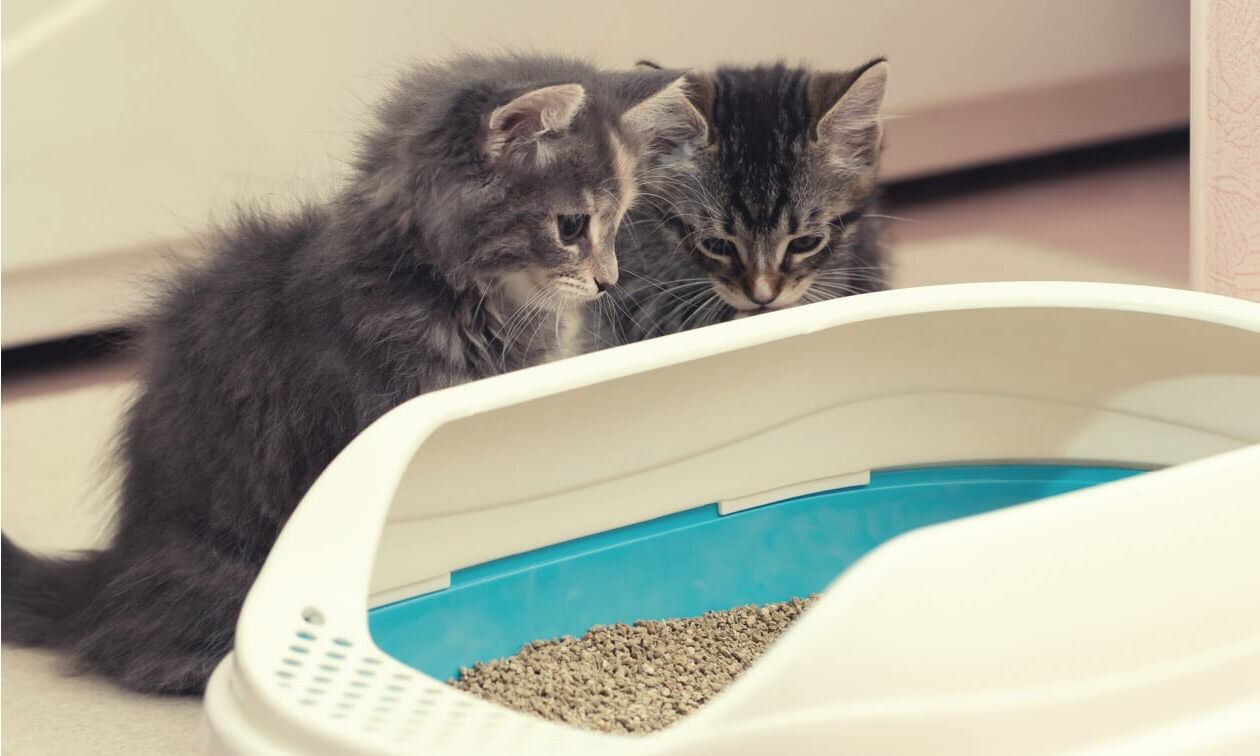
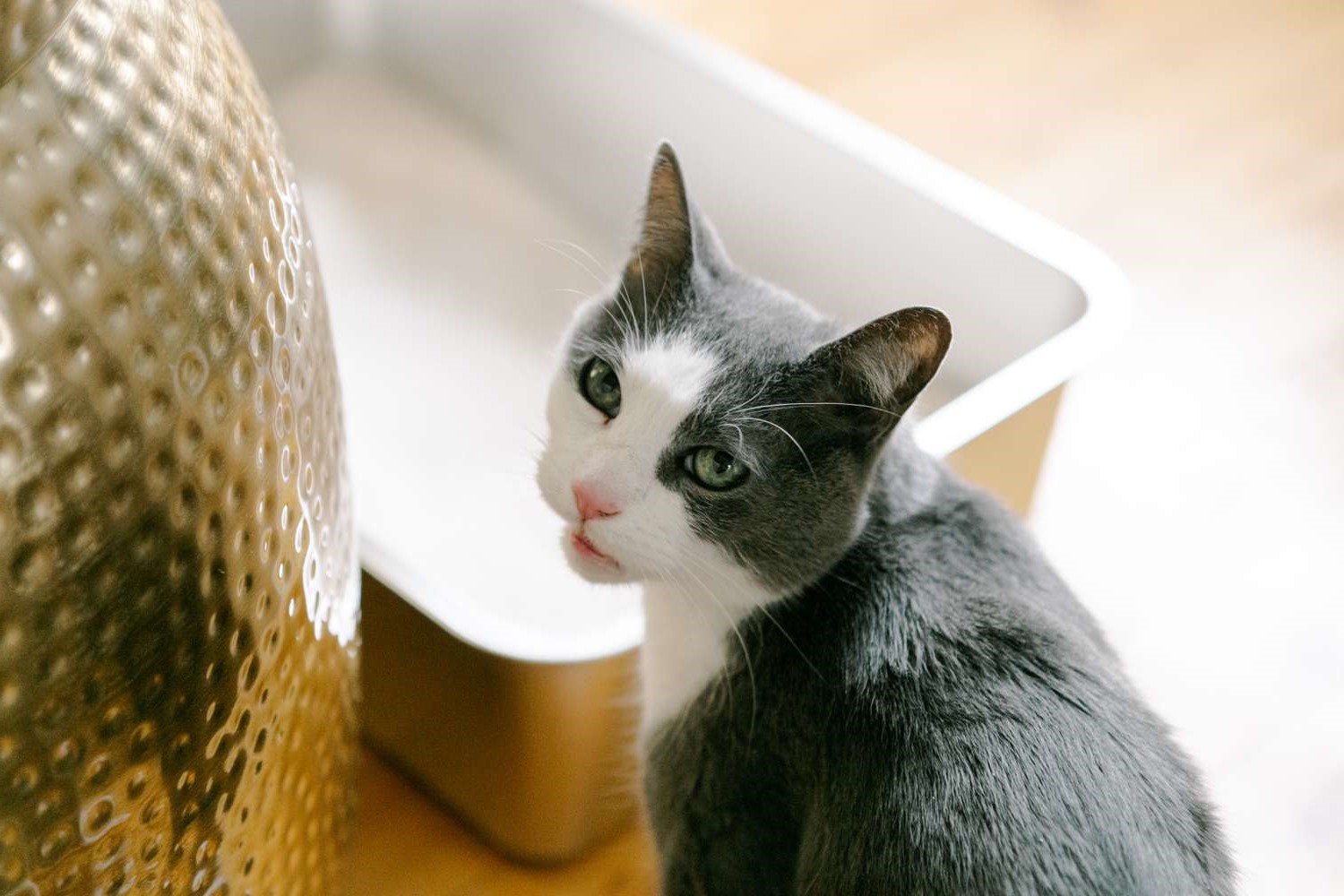
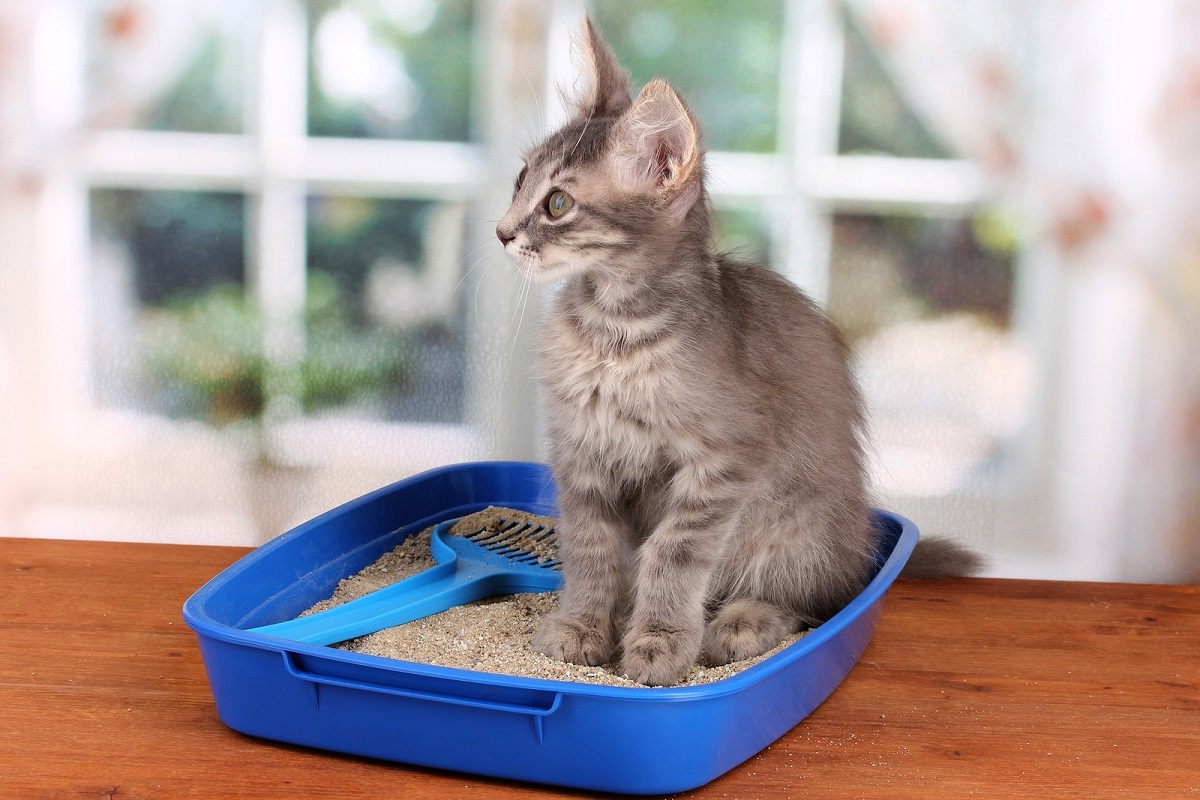

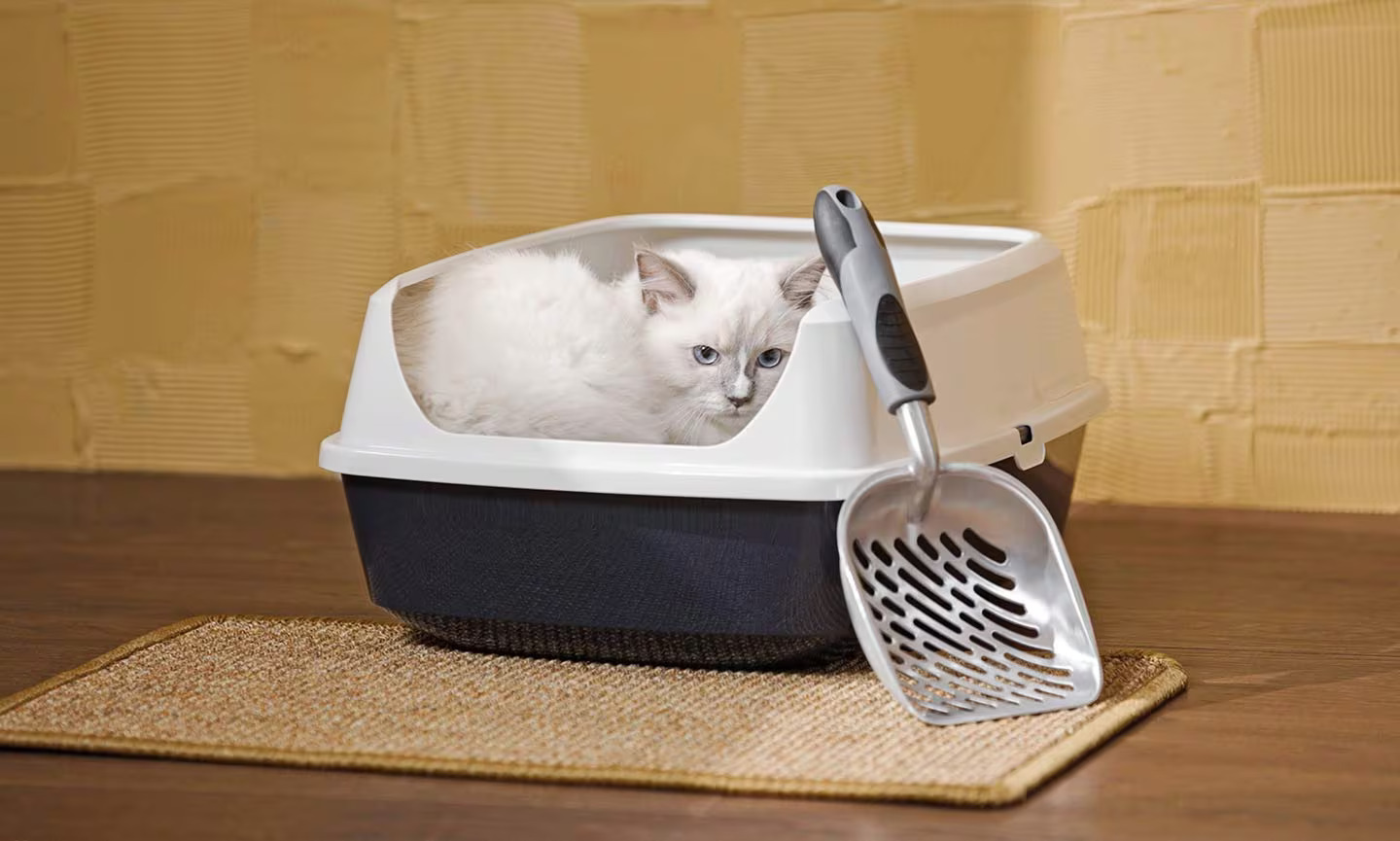
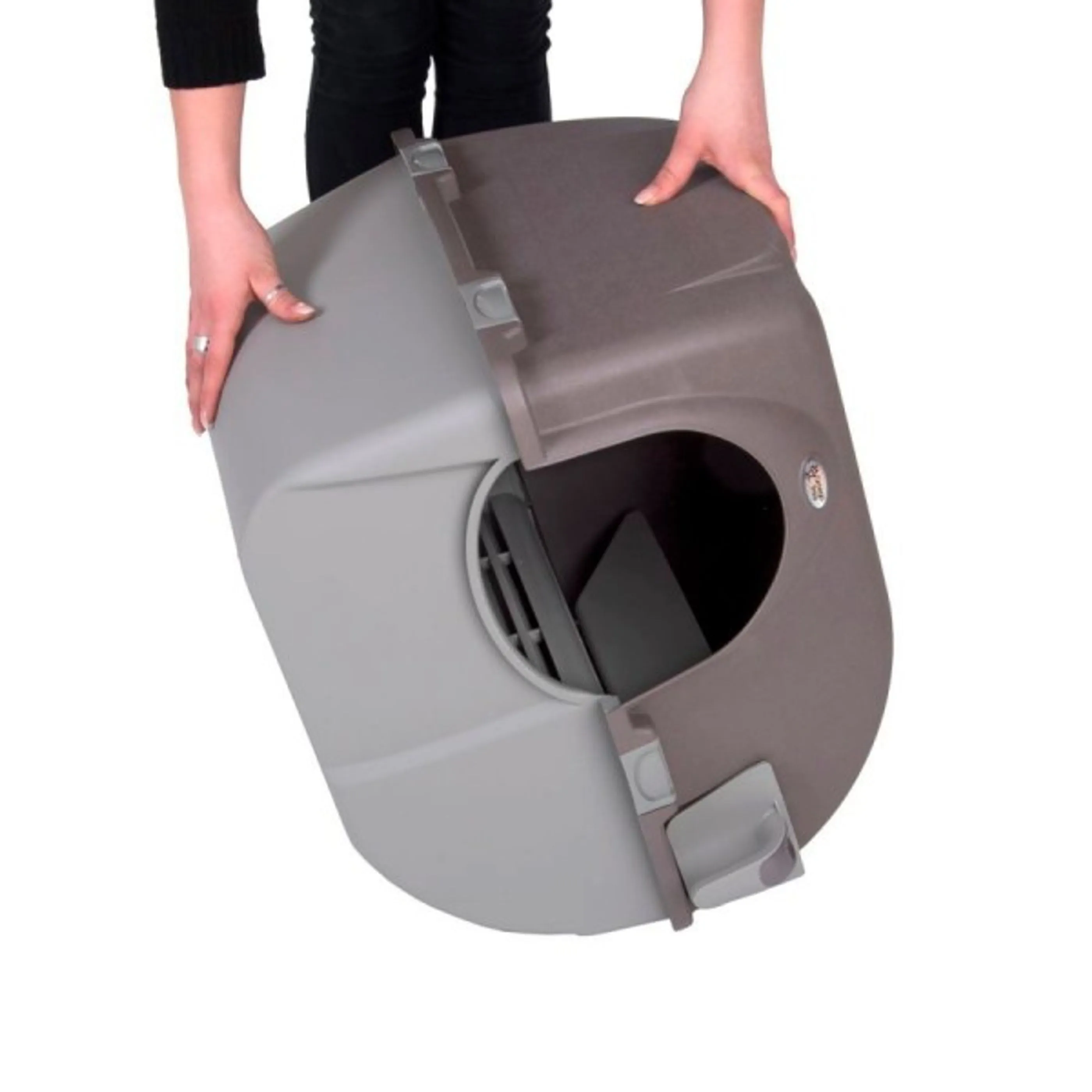

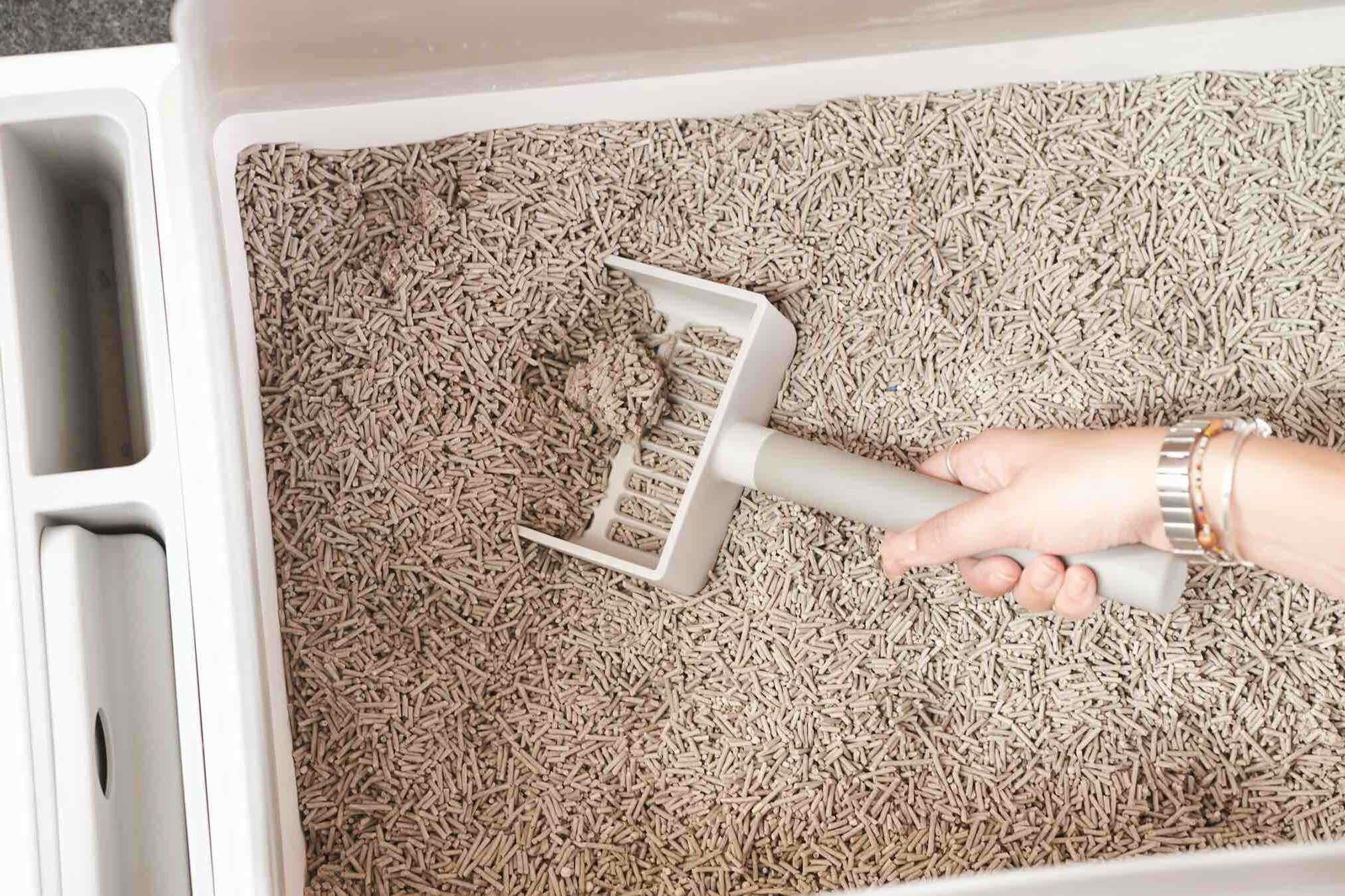

0 thoughts on “How To Train A Hamster To Use A Litter Box”